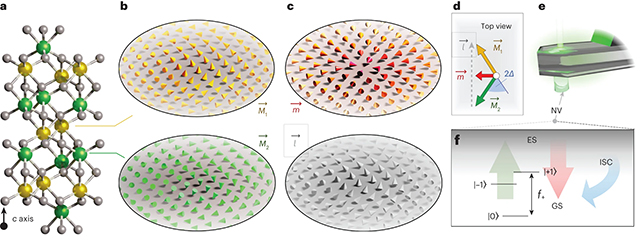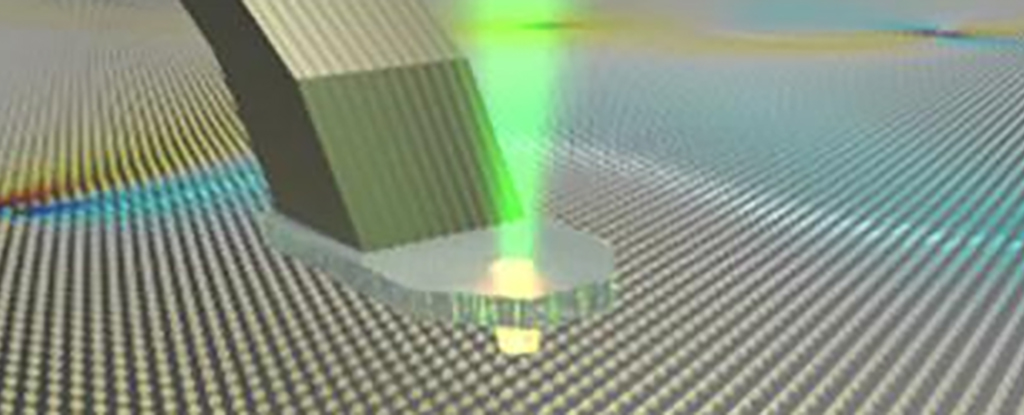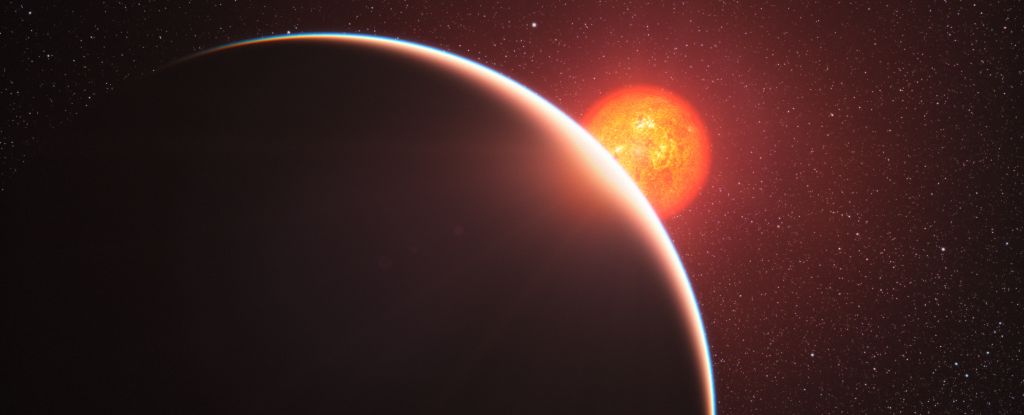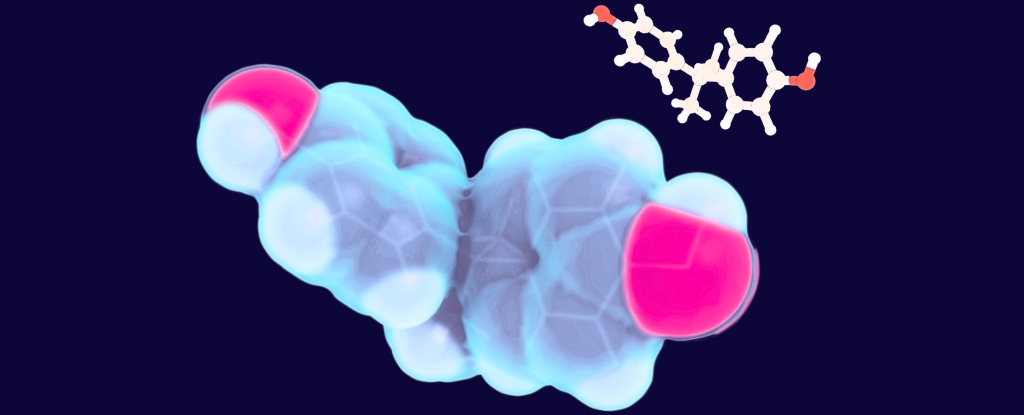The search for the magnetic monopole – a particle with one magnetic pole, not two – is one of the most exciting and potentially transformational quests in physics, and scientists just made a major new discovery in their monopole hunt.
An international team of researchers, led by academics from the University of Cambridge in the UK, have observed monopole-like behavior in the patterns of magnetic fields as they pass through hematite, a material similar to rust.
“If monopoles did exist, and we were able to isolate them, it would be like finding a missing puzzle piece that was assumed to be lost,” says physicist Mete Atatüre, from the University of Cambridge.
Antiferromagnetic materials like hematite are particularly helpful for these studies because the way the tiny magnets (or spins) are arranged gives them enhanced stability. However, the overall magnetic field they produce is very weak and therefore difficult to analyze.
To overcome this, the team used a technique called diamond quantum magnetometry, where a diamond needle and some clever electron spin calculations are used to measure magnetic fields without interfering with them.
And this is where it gets interesting. The researchers found evidence of monopolar emergent magnetic charge distributions – though for the less technical among us, they also described them as tiny hockey pucks of magnetic activity gliding across the hematite.

It’s not quite a sighting of a magnetic monopole particle, but it is an observation of patterns that would be expected if a monopole existed. It’s also evidence of a link between the spin patterns in antiferromagnetic materials, and specific points of magnetic field behavior (referred to as charges here).
“The challenge has always been direct imaging of these textures in antiferromagnets due to their weaker magnetic pull, but now we’re able to do so, with a nice combination of diamonds and rust,” says physicist Anthony Tan from the University of Cambridge.
It’s hard to overstate how important to physics the discovery of a magnetic monopole would be. For a start, it would help us to develop a unified, symmetrical theory of everything that exists around us.
With that in mind, these new observations could be crucial – and the techniques that the researchers have deployed here have the potential to open up new avenues for exploration in tracking down the elusive monopole.
Further down the line, the findings of this study could be used to develop computing tech that’s faster than what we have today, and kinder to the environment (through lower energy use), because of the particular properties of antiferromagnetic materials.
“We’ve shown how diamond quantum magnetometry could be used to unravel the mysterious behavior of magnetism in two-dimensional quantum materials, which could open up new fields of study in this area,” says Tan.
The research has been published in Nature Materials.





